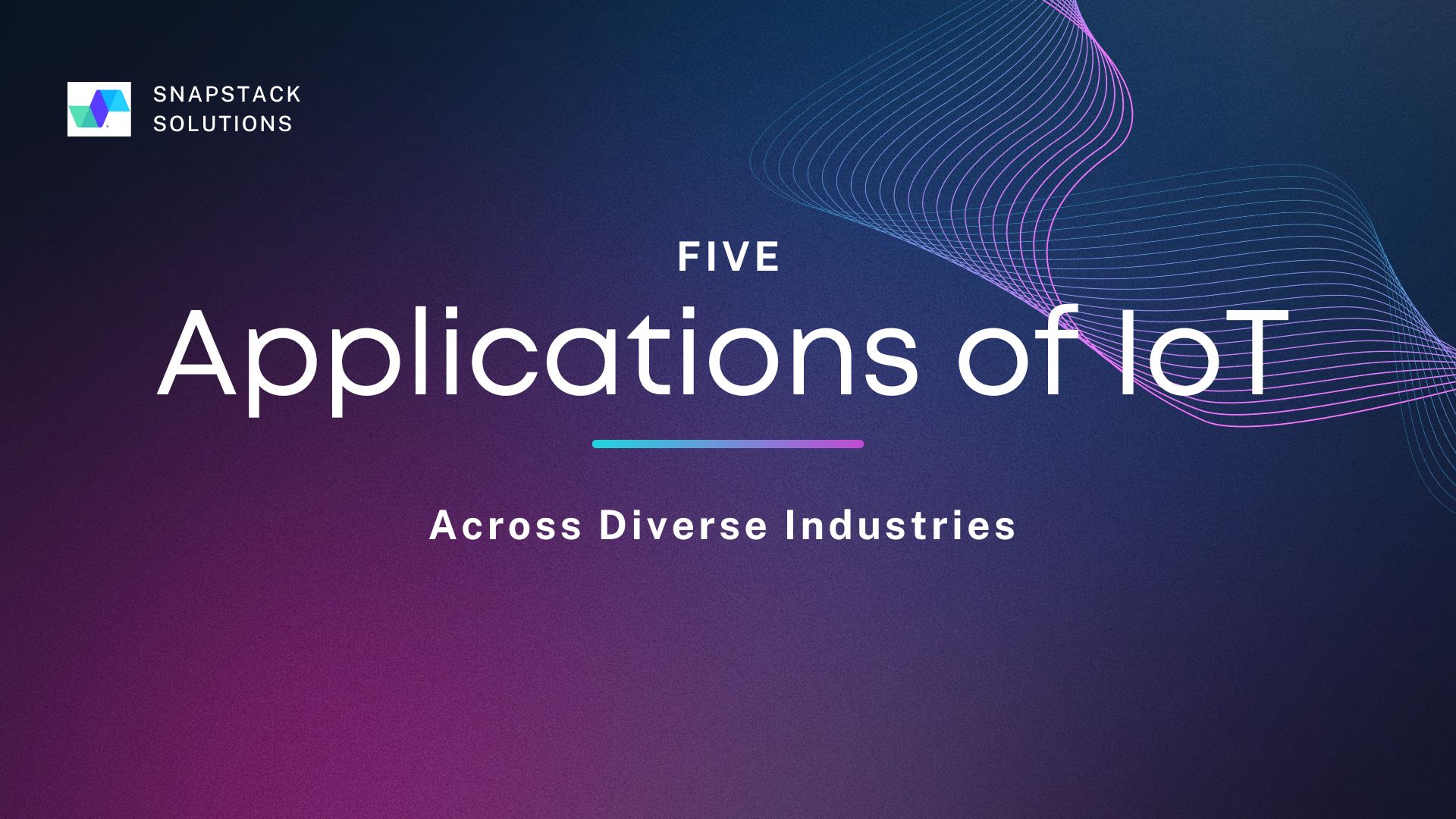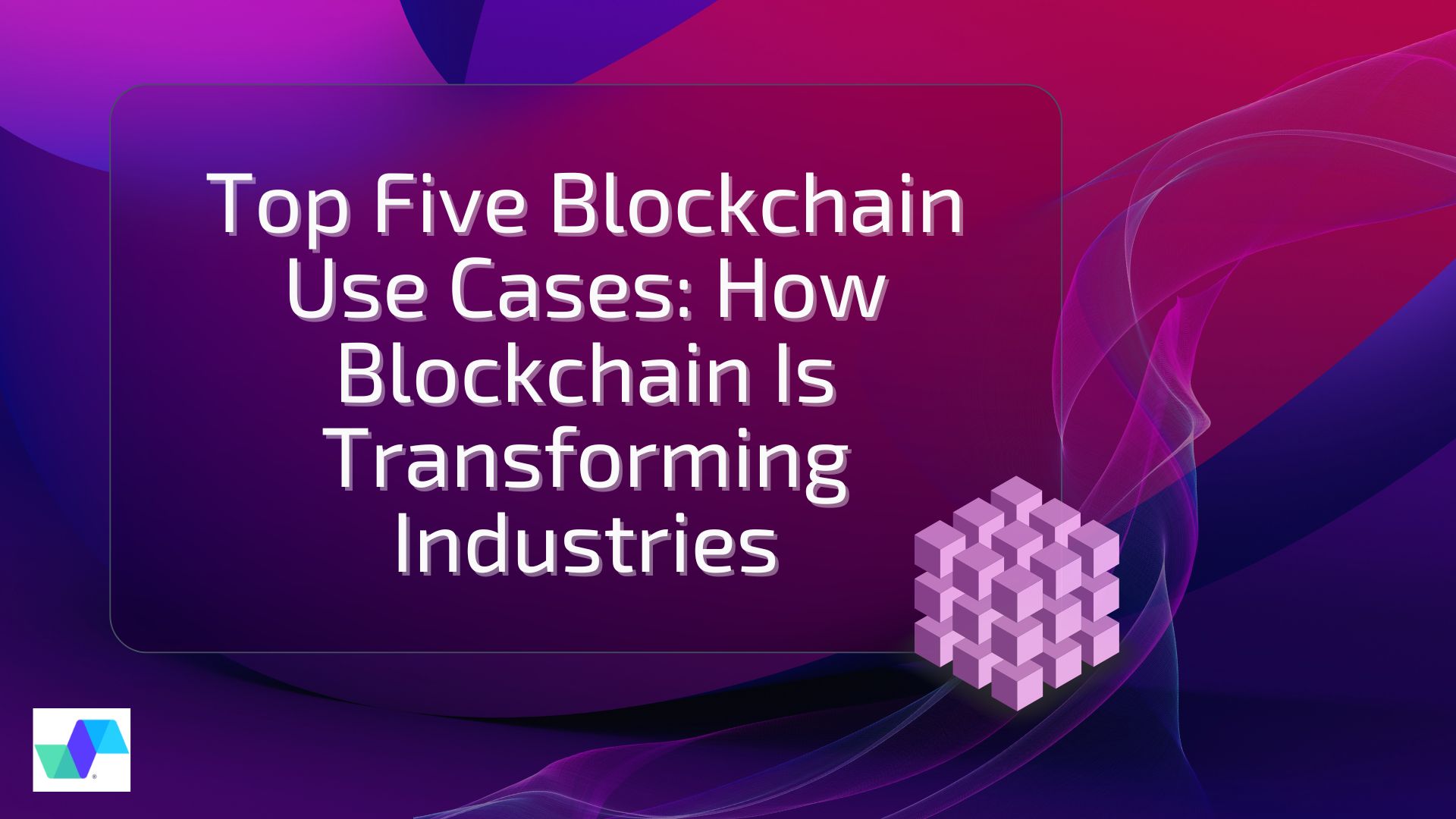Envision a world where devices around you interact with each other, exchange data, learn from patterns, and make smart decisions autonomously. You might think this scene belongs to a futuristic sci-fi movie, yet, what you're imagining is today's reality. we live in the Internet of Things (IoT) era, and the applications of IoT are far-reaching. This new technology has a transformative impact across industries adding value to businesses and lives.
What Is IoT and Why Is It so Popular?
IoT is an advanced integration of computer-based systems, digital, and mechanical machines or objects, people, or animals using unique identifiers (UIDs). They can swiftly transfer data over a network without human intervention, either human-to-human or human-to-computer.
This technology is so impressive that, according to predictions, there will be 75.44 billion IoT devices by 2025.
But why is it mushrooming in popularity?
We could go into detail about how the IoT appreciation comes from its ability to enable real-time monitoring, empowering businesses to respond to live updates instantly. This results in efficient operations and improved decision-making. Moreover, the data acquired from IoT can unearth patterns and new insights, leading to innovation and better customer relationships.
However, the simple answer is: IoT's popularity is due to its transformative power to turn basic devices into intelligent ones. The applications of IoT that we’re about to discuss are just proof of this.
IoT in Security
With its ability to connect devices and systems, IoT empowers security frameworks in unforeseen ways. From automated surveillance systems and biometric authentication to intelligent threat detection and response, IoT is recalibrating our understanding of security fundamentals.
Consider a practical scenario — IoT lets you connect your home security system to your mobile device. Consequently, you receive instant alerts of any suspicious activity, regardless of your location worldwide. Coupled with AI-powered threat prediction systems, this creates an ironclad defensive network that recognizes and combats security threats like never before.
However, it's crucial to acknowledge that increased connectivity may bring potential vulnerability. If not properly supervised, the heightened network exposure could invite misuse, so cybersecurity measures become more critical than ever in an IoT-enabled world.
IoT in Healthcare
IoT devices, such as wearable medical gadgets, remote patient monitoring systems, and smart hospital equipment, are transforming patient care. These IoT applications can continually monitor vital signs, sugar levels, and other critical health metrics, sharing this data over a secure blockchain network. For example, diabetes patients can manage their condition better using IoT devices, with the data securely stored and analyzed by healthcare providers for timely interventions.
One compelling example is the integration of IoT and blockchain for remote patient monitoring (RPM). Patients can send real-time health data directly to their clinicians using IoT-enabled wearables. Blockchain ensures data remains secure and tamper-proof, addressing significant data privacy and security concerns in the healthcare sector. Additionally, IoT in healthcare aids digital clinical trials, with blockchain securely and transparently recruiting and tracking participants, ensuring the integrity of the collected data.
IoT in Manufacturing
The manufacturing sector is experiencing a revolution with the integration of IoT. By connecting machines, devices, and systems, IoT enables real-time monitoring, predictive maintenance, and enhanced operational efficiency.
One notable application is predictive maintenance, where IoT sensors monitor machinery conditions and predict potential failures before they occur. This proactive approach minimizes downtime and extends equipment lifespan, ultimately saving costs.
Smart factories are also leveraging IoT to create more efficient and flexible production processes. For example, connected devices can communicate seamlessly, allowing for quicker adjustments to production lines and reducing waste. This level of automation and precision leads to higher product quality and consistency.
Moreover, IoT in manufacturing facilitates better supply chain management. Real-time data tracking ensures transparency and accountability, providing manufacturers with insights into inventory levels, shipment status, and production bottlenecks. This visibility empowers manufacturers to make informed decisions and respond swiftly to market demands.
Companies like Siemens and General Electric are already implementing IoT solutions to optimize their manufacturing processes, setting a precedent for the industry.
IoT in Retail
By embedding IoT sensors in retail locations, stores can track customer behavior, manage inventory in real time, and ensure seamless shopping experiences. Retailers can use smart shelves that automatically notify staff when stock is low or utilize smart mirrors that allow customers to virtually try on clothes, transforming the shopping experience.
An example of this is Amazon Go stores, which use IoT to enable a checkout-free shopping experience. Shoppers simply walk out with their items, and sensors track what they've taken. The technology then charges their Amazon accounts accordingly, enhancing customer convenience and reducing the need for cashiers.
Moreover, IoT enables personalized marketing by collecting and analyzing data on customer preferences and shopping habits. This data can be used to tailor offers and promotions in real time, improving customer engagement and satisfaction.
IoT in Customer Service
Imagine a world where customer service is not just reactive but predictive. With the advent of IoT, this is closer to reality than ever. IoT devices can monitor product usage and performance in real time, providing valuable insights into potential issues before they become real problems.
For instance, smart home devices like thermostats and appliances can send alerts when maintenance is required, significantly improving customer satisfaction. Companies nowadays rely on IoT to improve their customer service, offering preemptive support that keeps their customers happy and loyal.
This means that businesses can transform customer service from a necessary cost center into a competitive differentiator, setting themselves apart in an increasingly crowded marketplace.
Applications of IoT: Key Takeaways
It’s clear that the applications of IoT extend far beyond what we once imagined possible. From security and healthcare to manufacturing, retail, and customer service, IoT is reshaping industries and enriching our day-to-day experiences. The era of smart, interconnected devices is not just a vision for the future, it’s happening right now.
[ecta id='22']




